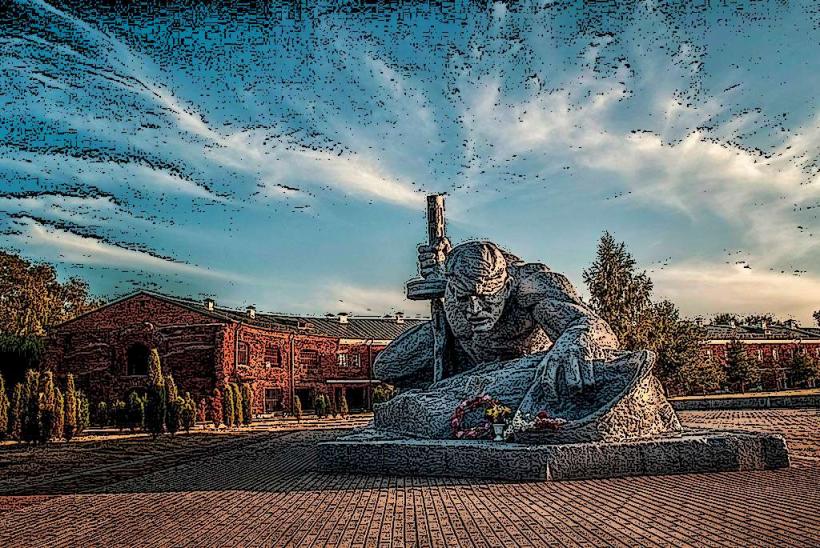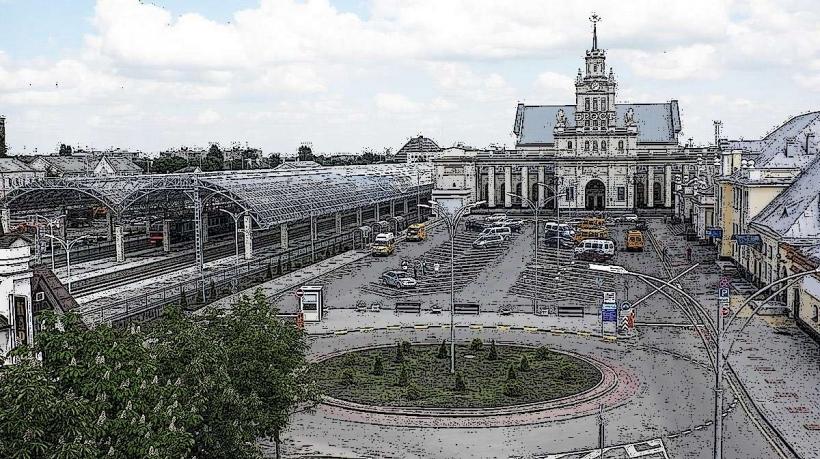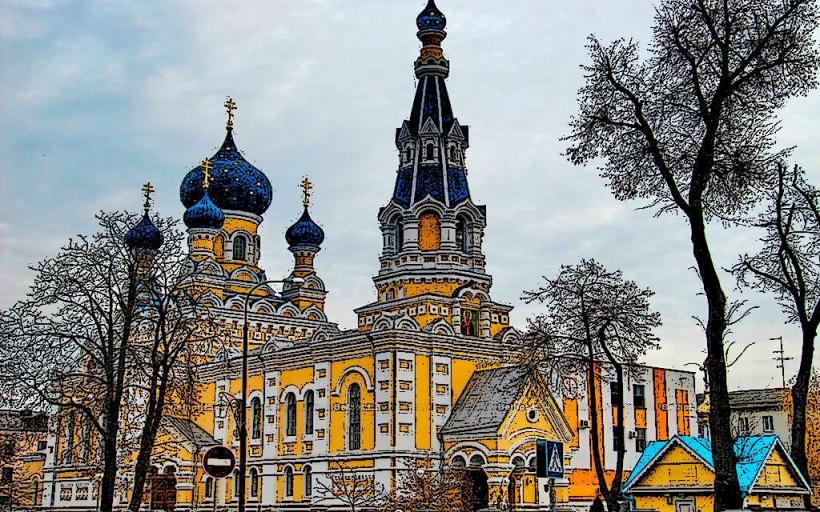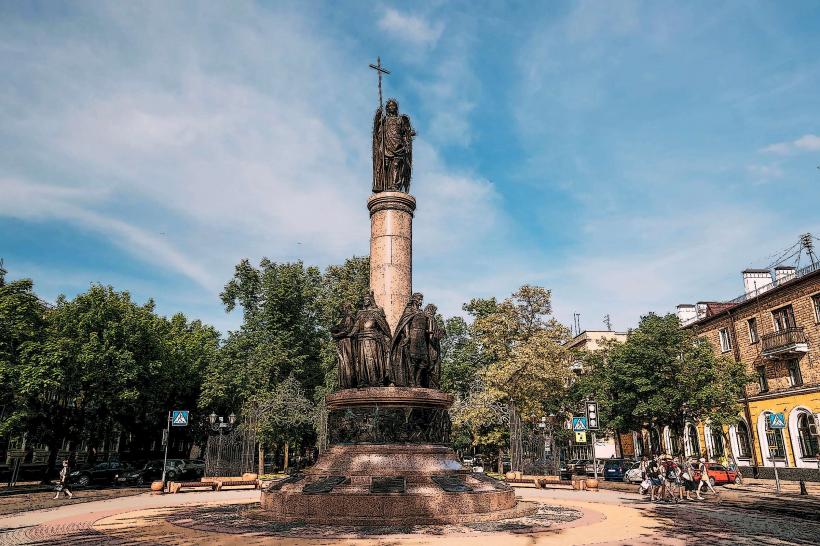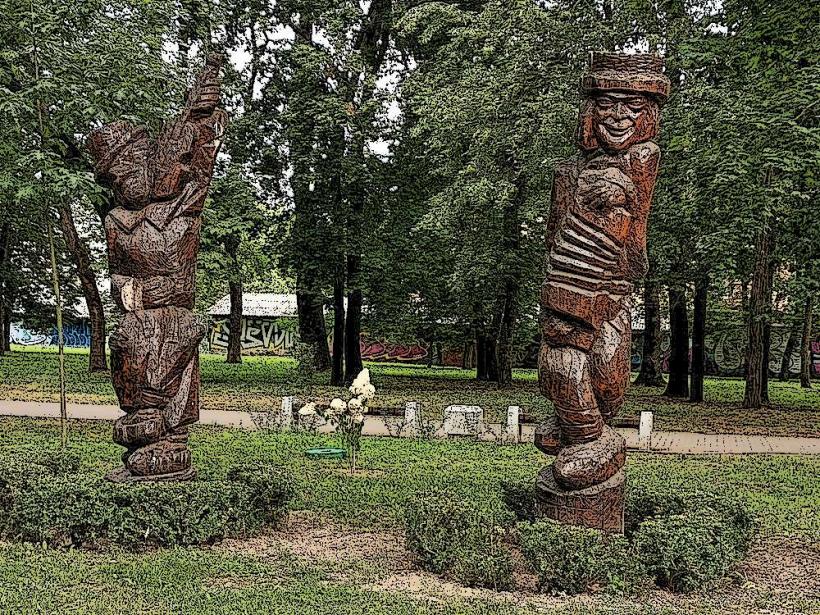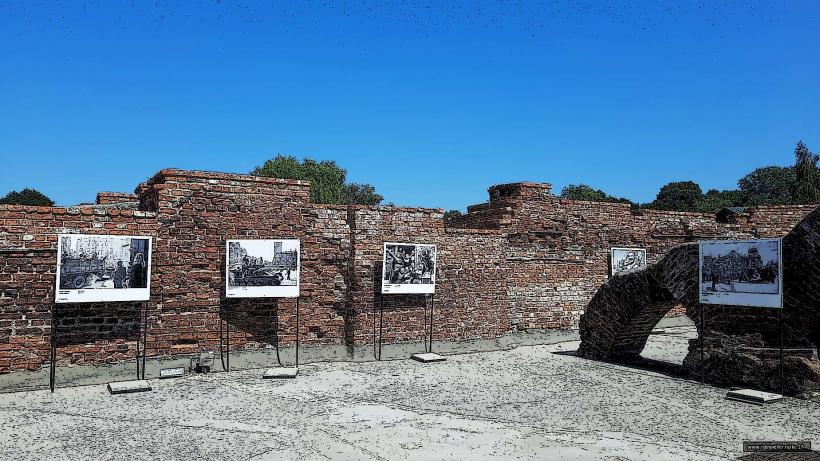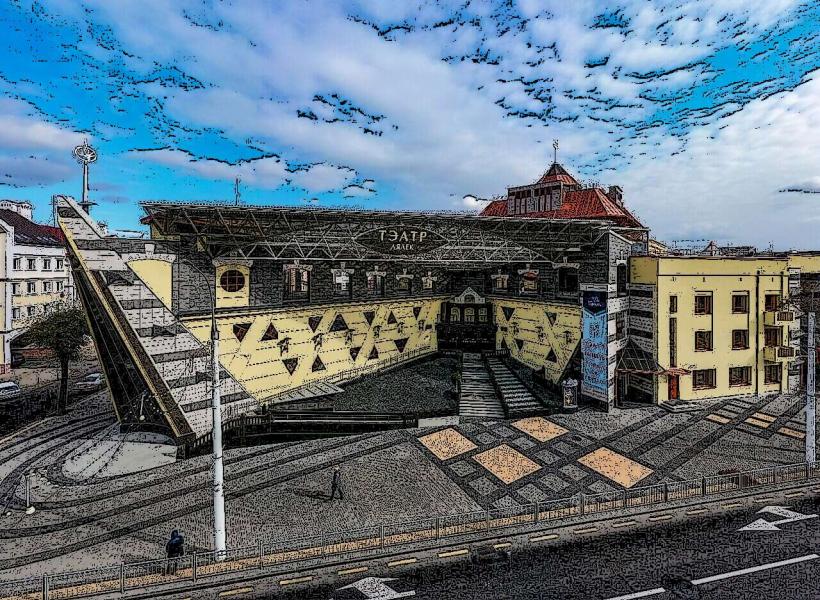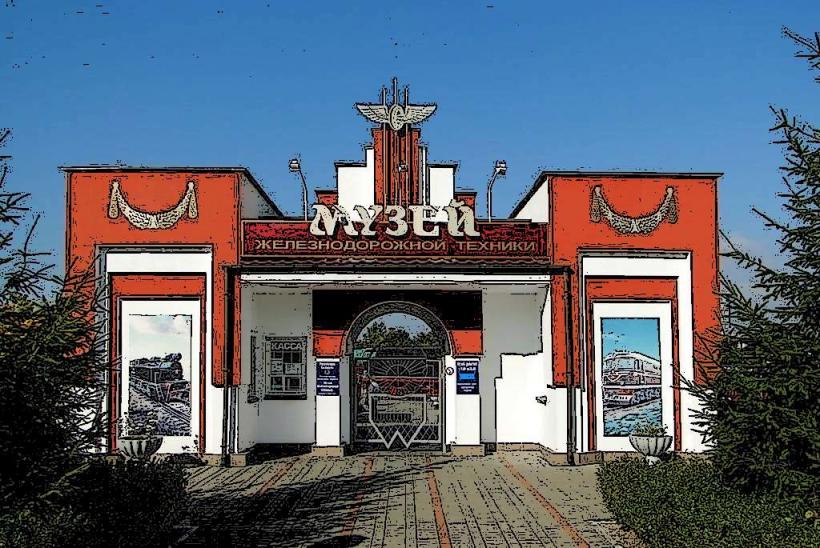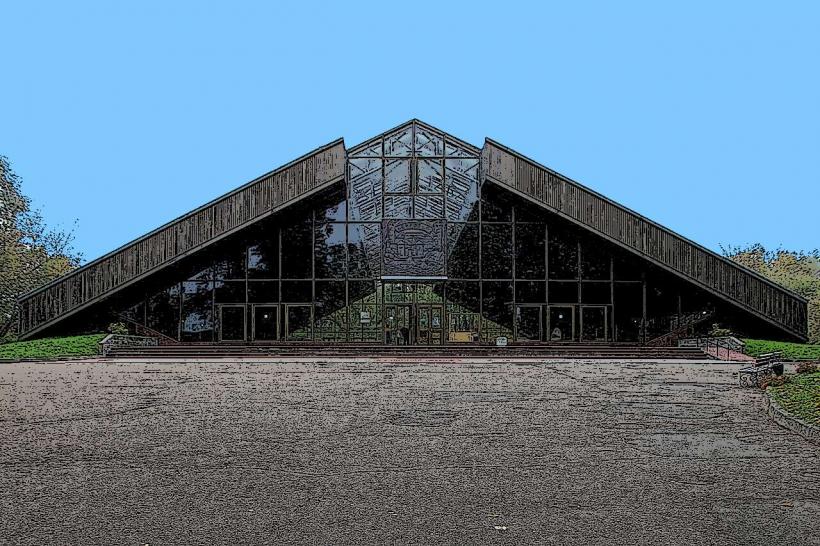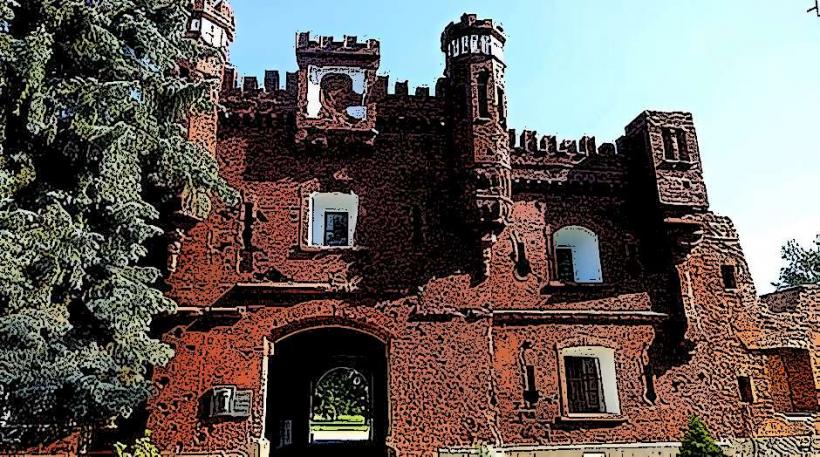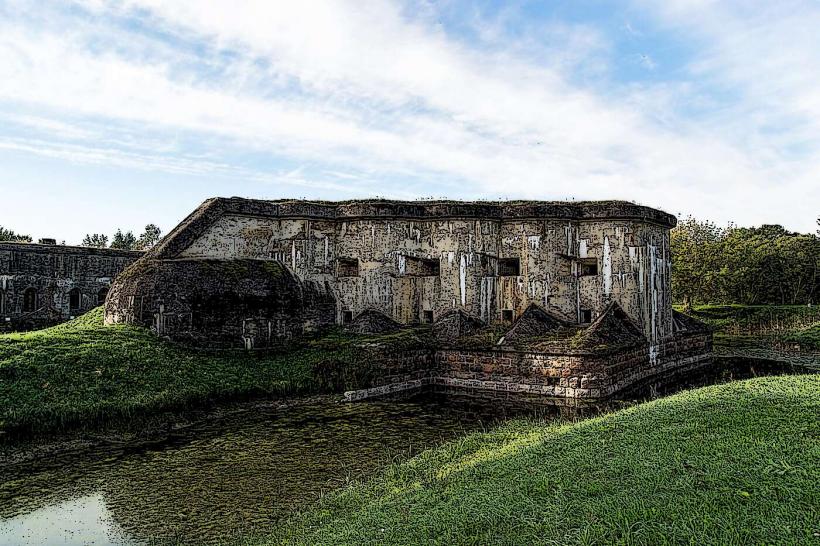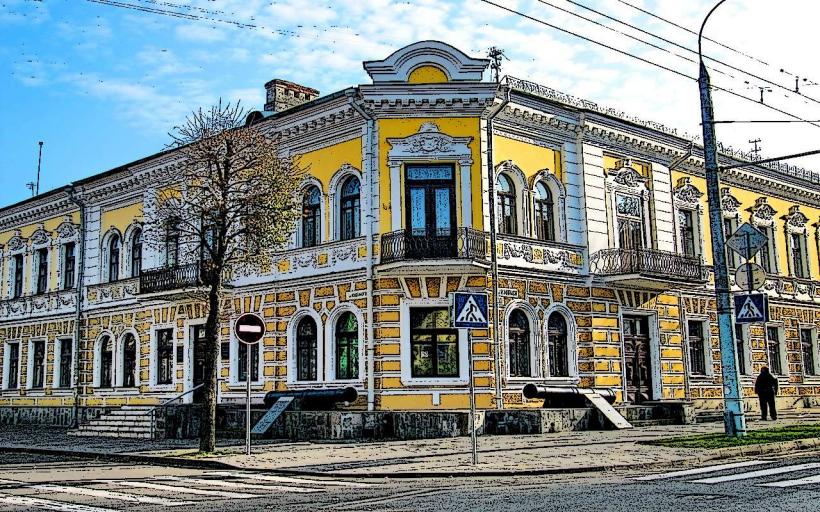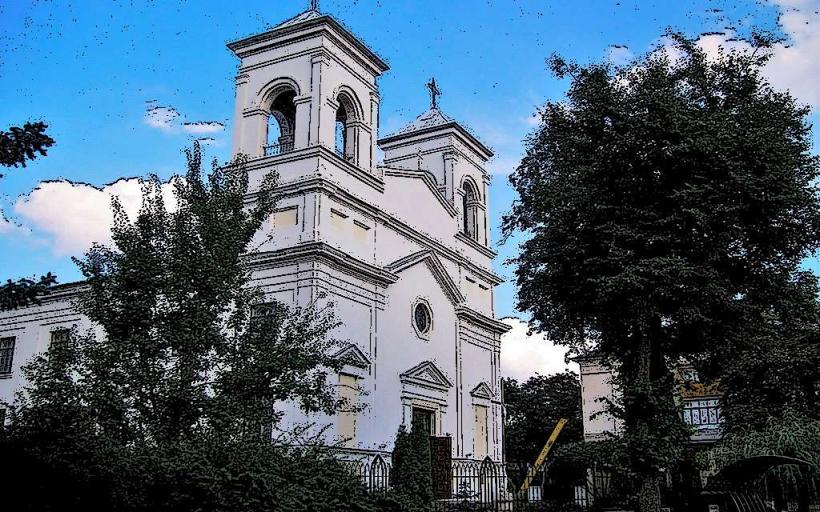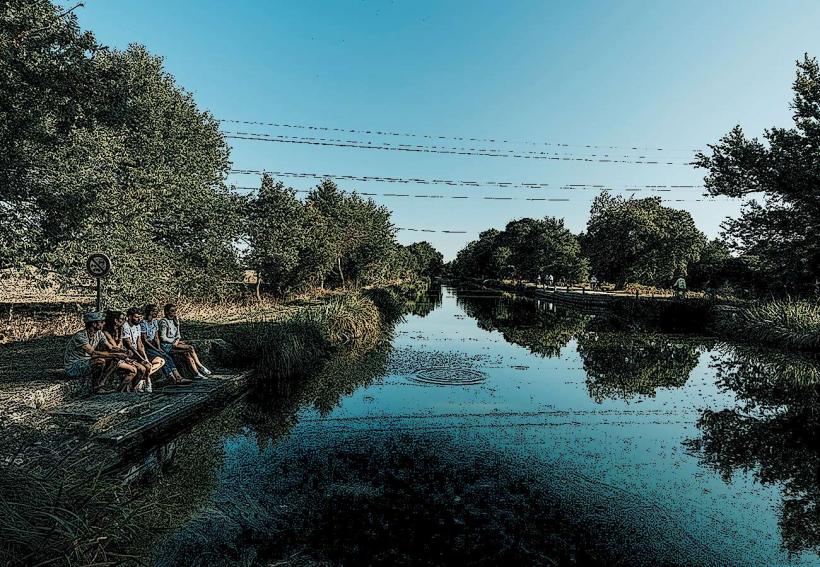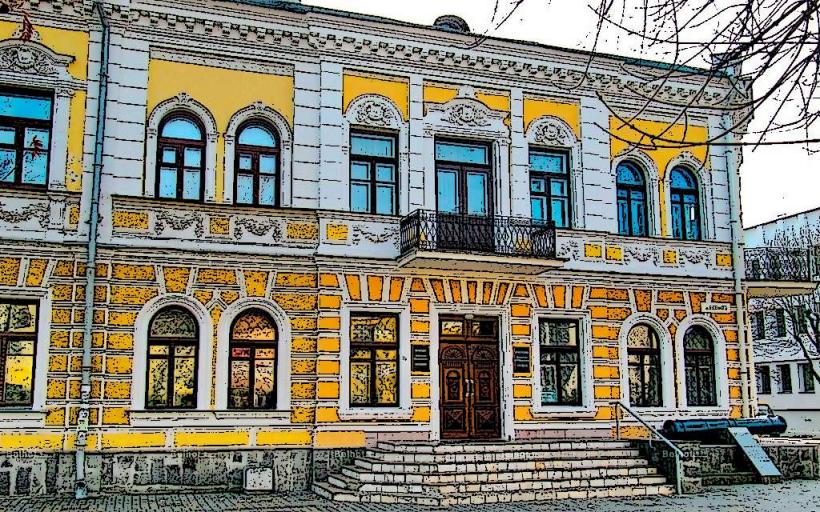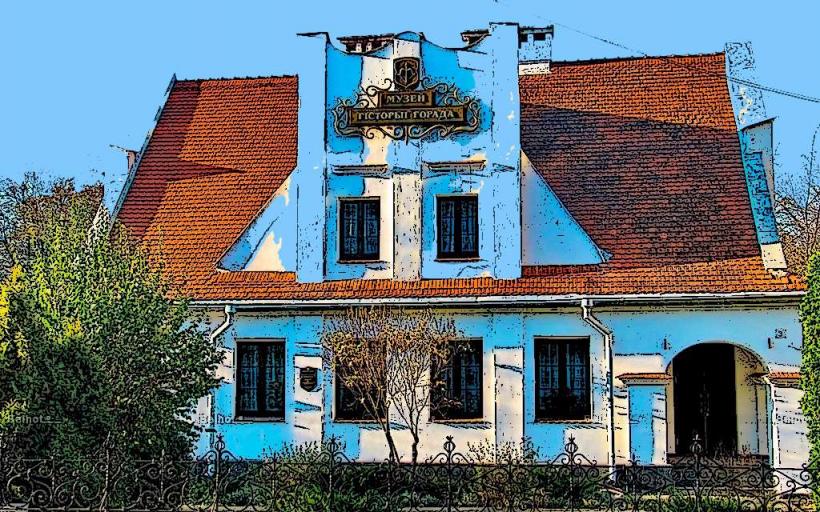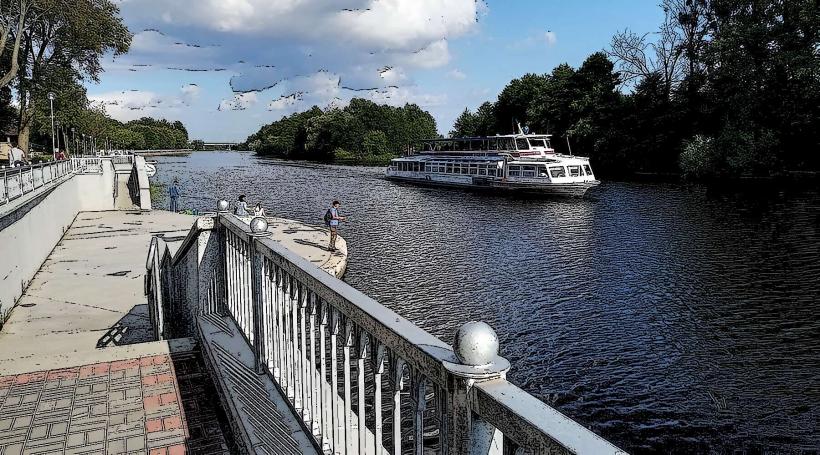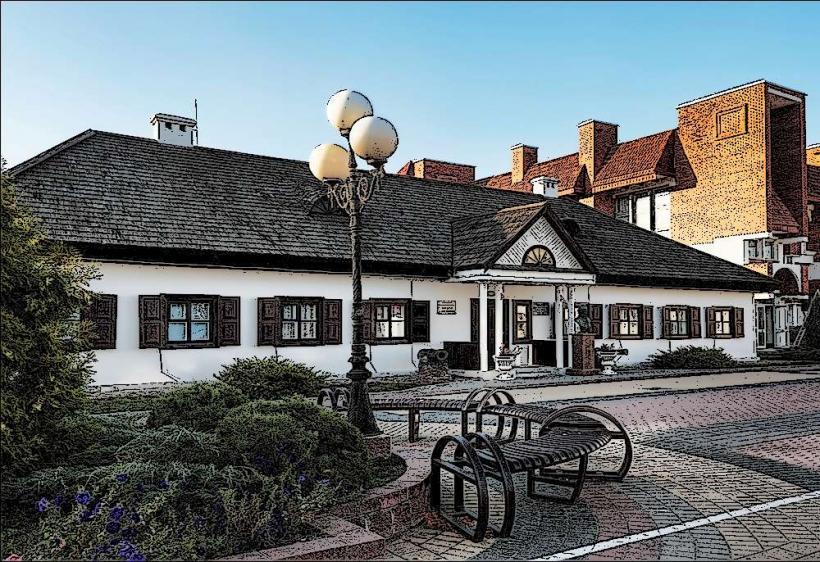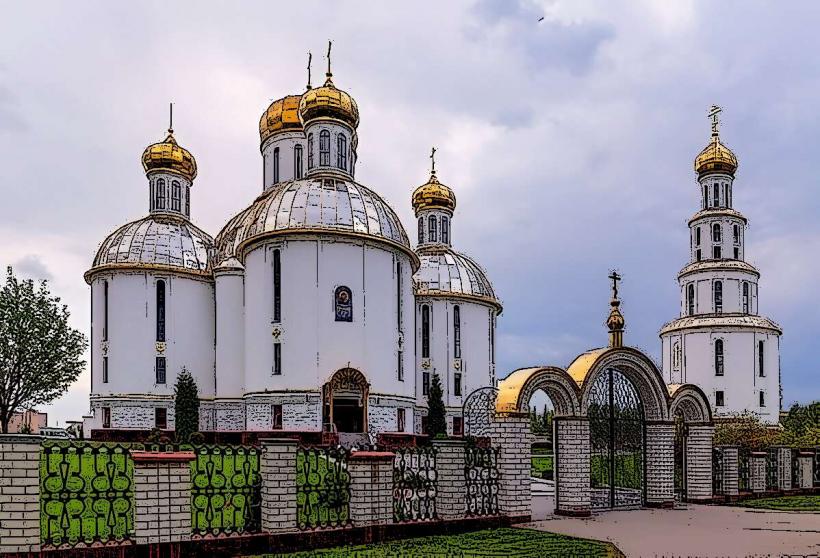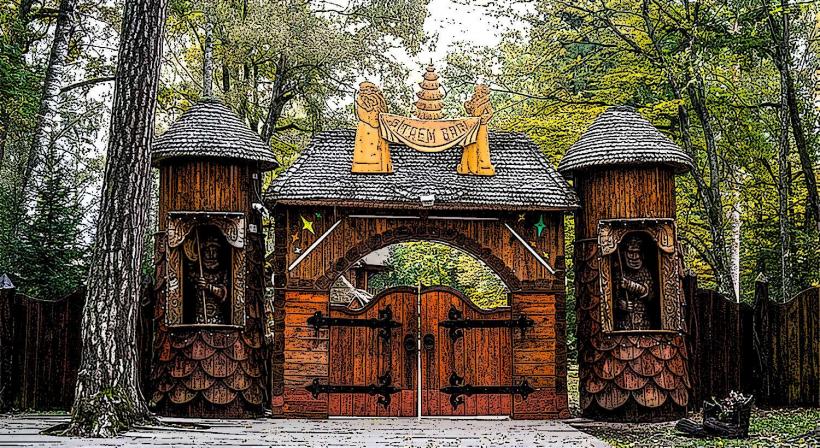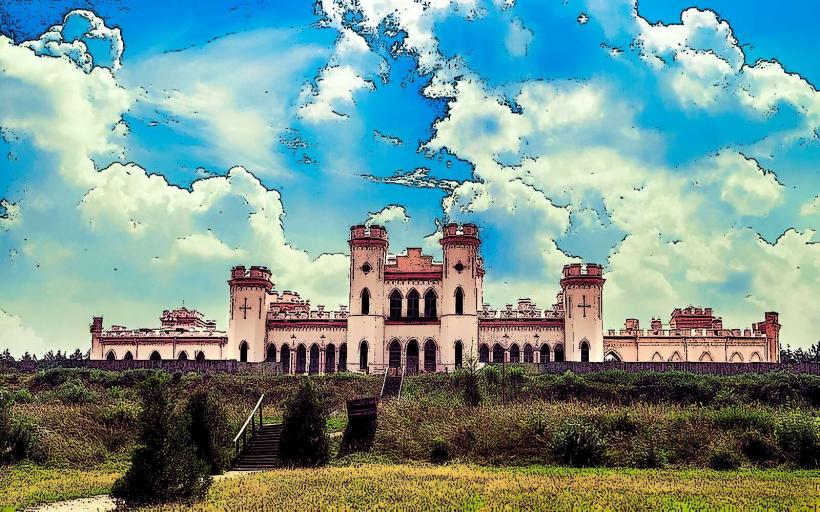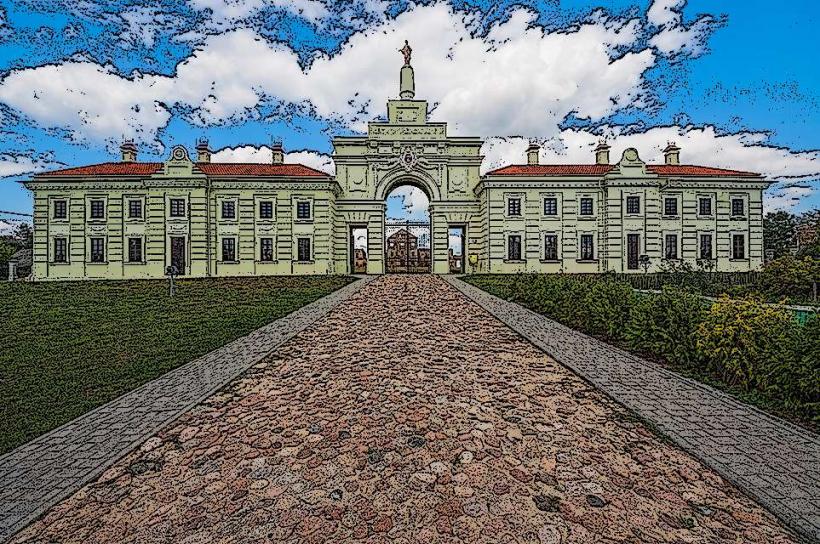Information
Landmark: Lenin SquareCity: Brest
Country: Belarus
Continent: Europe
Lenin Square is a prominent public square in several cities across the former Soviet Union and former Eastern Bloc countries. The square is named after Vladimir Lenin, the leader of the Bolshevik Revolution and the first head of the Soviet Union. Lenin Squares are often significant in terms of history, culture, and urban planning, as they were typically designed to celebrate Soviet ideals, showcase monumental architecture, and serve as locations for political events and celebrations.
Here are details about some notable Lenin Squares:
1. Lenin Square in Brest (Brest, Belarus):
- Location: Brest, Belarus, in the southwestern part of the country near the Polish border.
- History: Lenin Square in Brest is one of the central landmarks in the city. The square was created during the Soviet era as part of the urban development in the 20th century, designed to commemorate Lenin's leadership and the Soviet state's ideals.
- Key Features:
- The square is marked by the Lenin Monument, a large statue of Vladimir Lenin, which was erected as part of the socialist realism movement. The statue, which originally stood in several cities across the Soviet Union, symbolized the importance of Lenin's legacy in the socialist world.
- The square is surrounded by several important buildings, including government institutions, shops, and cultural centers.
- Cultural and Political Role: Lenin Square in Brest has historically been a site for political rallies, parades, and public celebrations, especially during Soviet times. It served as a place where the city’s residents gathered to celebrate major state holidays, such as May Day or the anniversary of the October Revolution.
- Post-Soviet Era: Today, Lenin Square remains a central part of Brest's urban landscape, although the political significance of the square has diminished with the collapse of the Soviet Union. However, the square and the Lenin statue continue to be symbols of the city’s Soviet past.
2. Lenin Square in Minsk (Minsk, Belarus):
- Location: Minsk, the capital of Belarus.
- History: Lenin Square is one of the most significant public spaces in the capital. Like other Lenin Squares across the former Soviet Union, it was created to honor the Soviet leader and was central to the ideological and political life of the city.
- Key Features:
- The square is dominated by a statue of Vladimir Lenin, which was installed as part of the urban planning efforts in the 20th century. The statue is a symbol of Soviet power and serves as a reminder of Belarus' place within the former Soviet Union.
- The City Hall of Minsk and other important buildings surrounding the square are typical of Soviet-era architecture, showcasing the monumental style that characterized urban centers during the period.
- Cultural and Political Role: Lenin Square was historically used for large public events, political demonstrations, and celebrations of Soviet achievements. It played a key role during Victory Day, May Day, and other important Soviet holidays.
- Modern Context: Today, Lenin Square in Minsk remains a central urban location. The square is used for public events, but with the fall of the Soviet Union, it no longer holds the same political significance as it did during the communist era. However, the Lenin statue remains a reminder of Belarus' Soviet heritage.
3. Lenin Square in Almaty (Almaty, Kazakhstan):
- Location: Almaty, Kazakhstan (formerly known as Alma-Ata).
- History: Lenin Square in Almaty was once the central square of the city, where major political events and celebrations occurred during the Soviet period. It was originally laid out in the early 20th century and was named in honor of Lenin in the 1920s, following the Soviet establishment.
- Key Features:
- A large Lenin statue dominated the square until it was removed in 2007. This was part of a broader trend across former Soviet republics to distance themselves from Soviet symbols and the legacy of communism.
- The square is surrounded by notable buildings, including government institutions, cultural centers, and hotels.
- Political and Cultural Significance: In Soviet times, Lenin Square was the heart of political life in Almaty, the capital of Soviet Kazakhstan. It hosted parades, military displays, and other state functions. It was a place of great importance during the era of Soviet control.
- Post-Soviet Era: After Kazakhstan gained independence in 1991, the Lenin statue was removed, and the square was rebranded to reflect the new national identity. Despite the removal of the statue, the square remains a major public space in Almaty.
4. Lenin Square in Kharkiv (Kharkiv, Ukraine):
- Location: Kharkiv, Ukraine, the second-largest city in the country.
- History: Lenin Square was the central public square in Kharkiv during the Soviet era. The square was a site for many political events, including Soviet-era commemorations of Victory Day, May Day, and the October Revolution.
- Key Features:
- The central feature of the square was a prominent statue of Lenin, which was one of the largest and most iconic statues in Ukraine. It was removed in 2015 following the country’s decision to decommunize public spaces and symbols from the Soviet era.
- The square is surrounded by major administrative and cultural buildings, including the Kharkiv Regional Administration.
- Cultural and Political Role: The square was historically a site of major public gatherings, including political rallies, festivals, and marches. It served as a powerful symbol of Soviet power in the region.
- Post-Soviet Context: After the removal of the Lenin statue, the square’s political and cultural context has changed, with a greater emphasis on Ukrainian national identity and independence. The area around the square remains a bustling part of the city, hosting public events and activities.
5. Lenin Square in Moscow (Moscow, Russia):
- Location: Moscow, Russia.
- History: The square was named after Lenin to honor his role in the Russian Revolution and the founding of the Soviet Union. It is located near the Kremlin and is one of the most historically significant squares in Russia.
- Key Features:
- Lenin Square was once home to a large statue of Lenin, though the statue was removed after the collapse of the Soviet Union. The square is now used for various public events and celebrations.
- The Moscow Metro has a station located under the square, making it a key transportation hub.
- Political and Cultural Role: The square was used for major celebrations during the Soviet era, such as Victory Day parades, the October Revolution anniversary, and May Day marches. It served as a focal point for public demonstrations and state-sponsored events.
- Modern Era: Today, Lenin Square in Moscow retains its historical significance as part of the city’s rich political and cultural heritage, but the focus has shifted more towards national and international events. There is less of a direct connection to Lenin, although the square remains a key feature of Moscow’s cityscape.
Summary:
Lenin Squares are scattered across many former Soviet republics, serving as major public spaces where political events and state celebrations took place during the Soviet era. These squares typically feature large monuments dedicated to Vladimir Lenin and serve as focal points in the cities where they are located. While many Lenin statues have been removed in the post-Soviet period due to decommunization efforts, these squares continue to hold historical and cultural significance in their respective cities.

